Photographs Taken of the Aftermath of the Fukushima Nuclear Disaster
MainFeature
Published
05/05/2018
in
creepy
Scenes from the empty streets of Fukushima 7 years after the nuclear catastrophe.
- List View
- Player View
- Grid View
Advertisement
-
1.
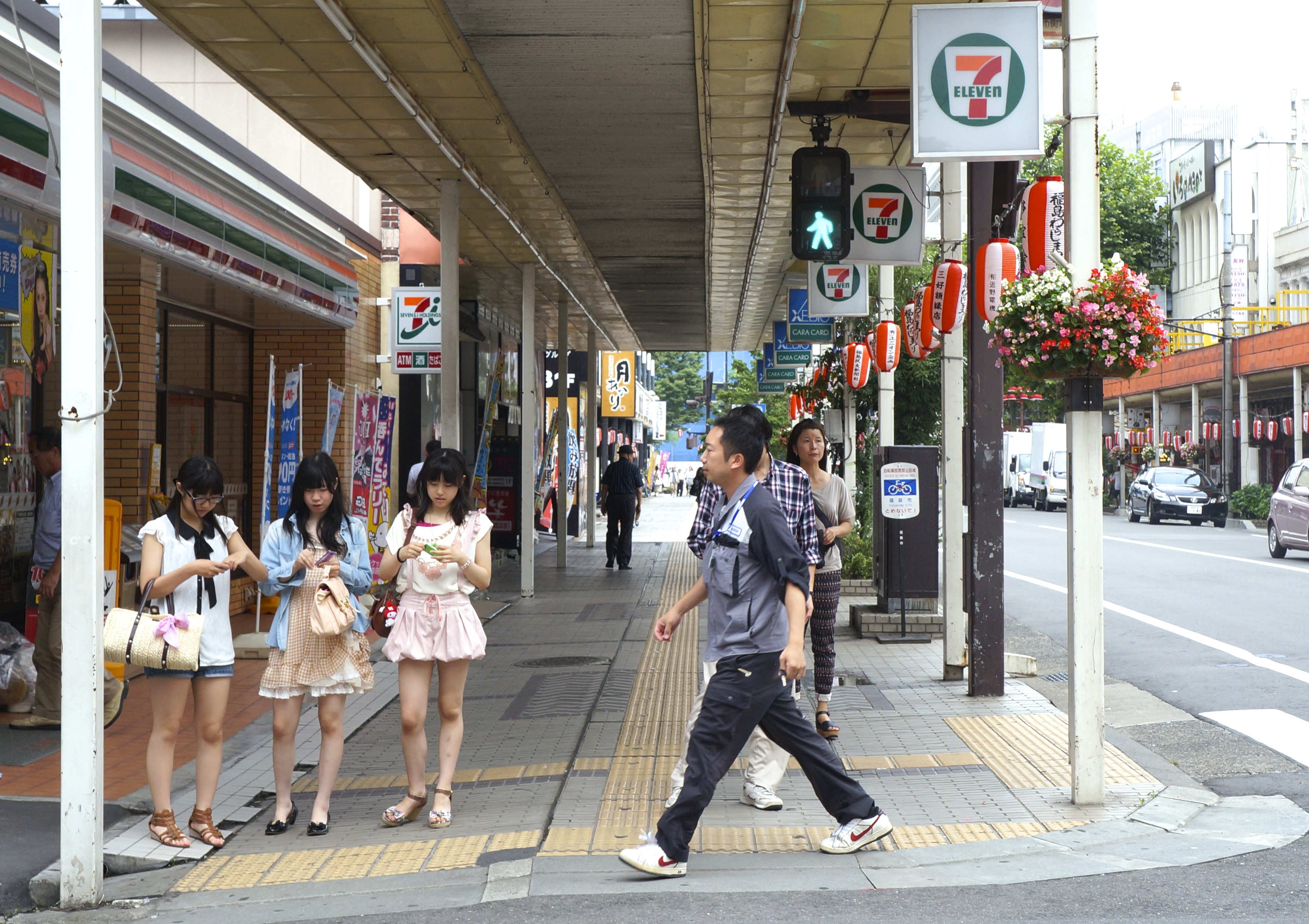
-
2.
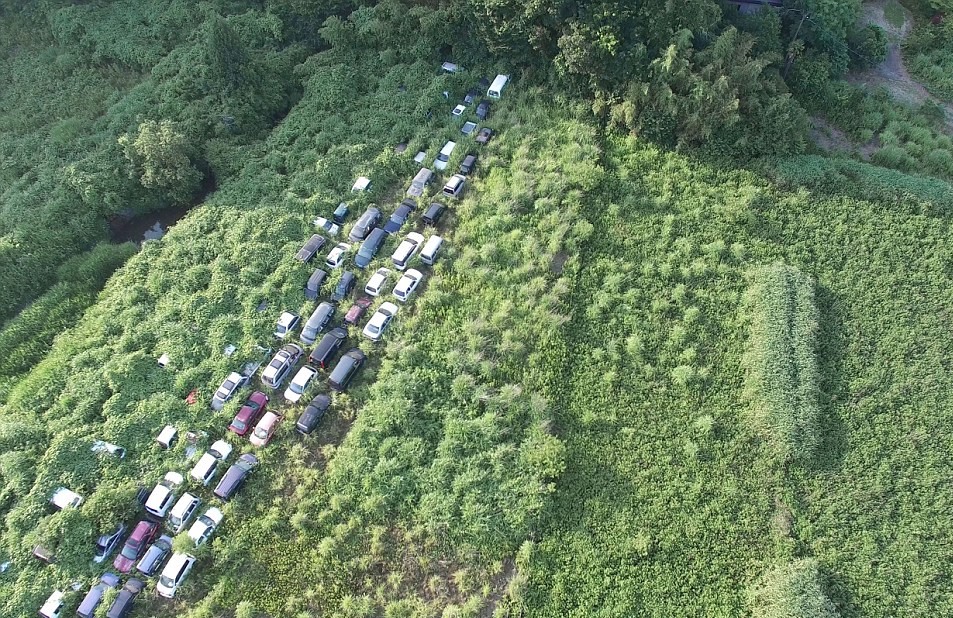 James Galbraith, a 25-year-old photographer from London, UK, braved the radiation and visited Fukushima, Japan, to take photos of what is left of the city after the nuclear catastrophe.
James Galbraith, a 25-year-old photographer from London, UK, braved the radiation and visited Fukushima, Japan, to take photos of what is left of the city after the nuclear catastrophe. -
3.
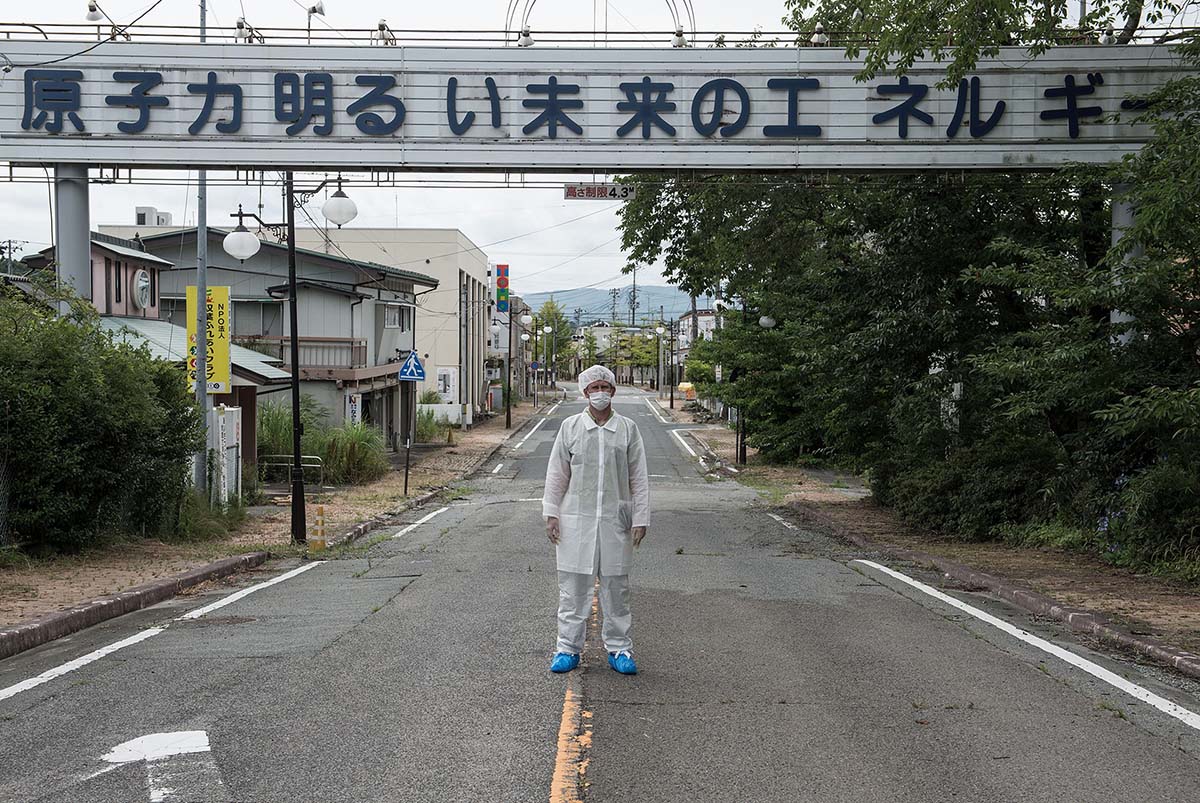
-
4.
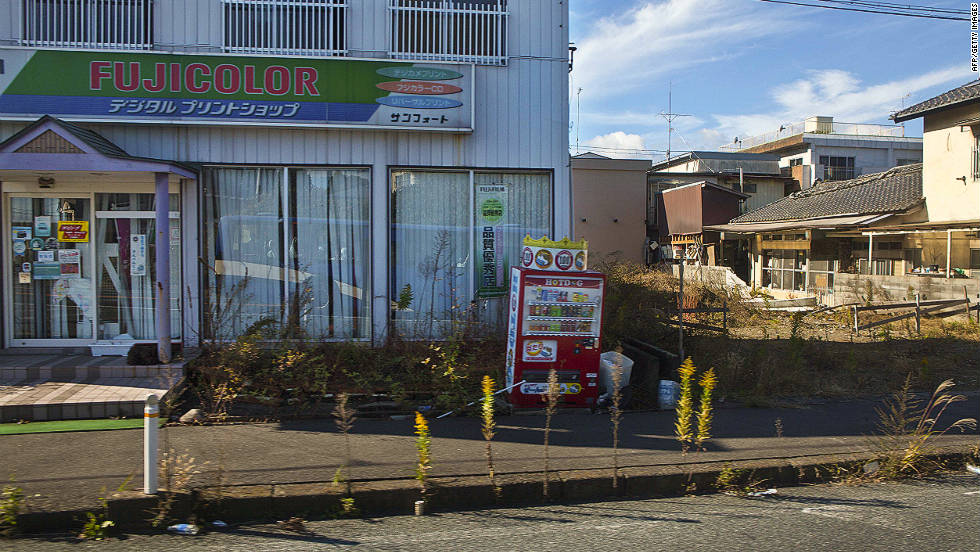
-
5.
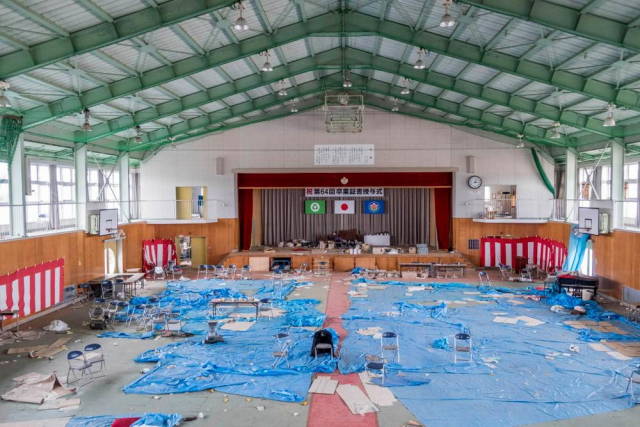
-
6.
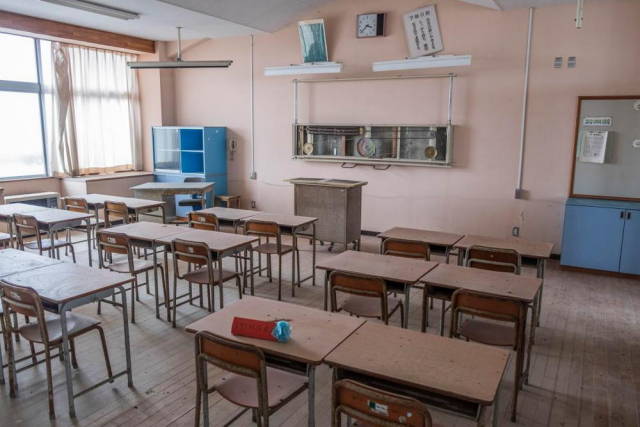
-
7.
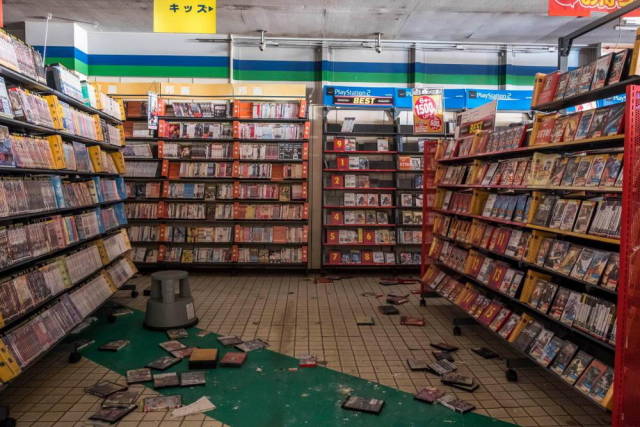 Cigarettes still sit on the shelves of supermarkets, books still sit on the shelves of stores, cars sit parked on the street surrounded by weeds and a golf range is overcome by the elements. And there is no human activity anywhere
Cigarettes still sit on the shelves of supermarkets, books still sit on the shelves of stores, cars sit parked on the street surrounded by weeds and a golf range is overcome by the elements. And there is no human activity anywhere -
8.
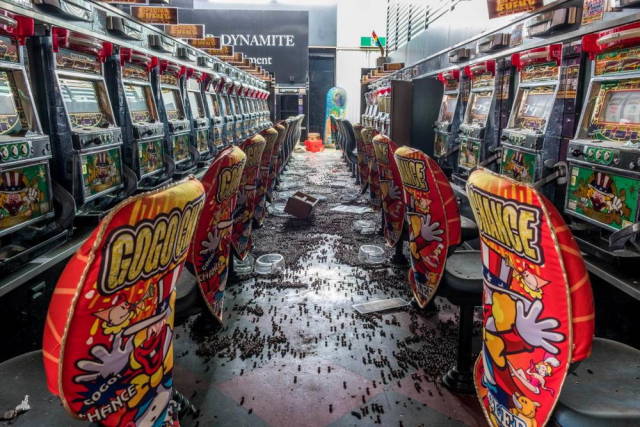
-
9.
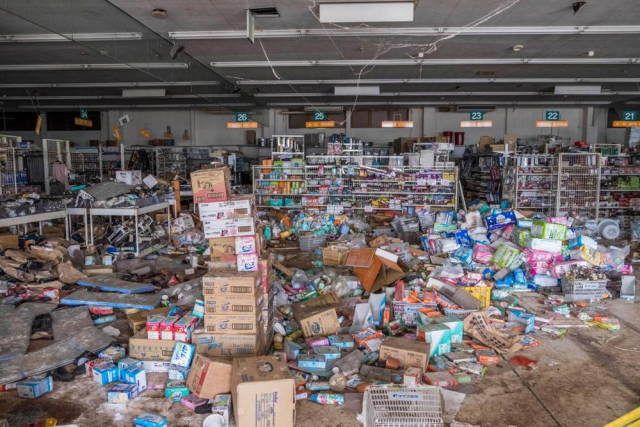
-
10.
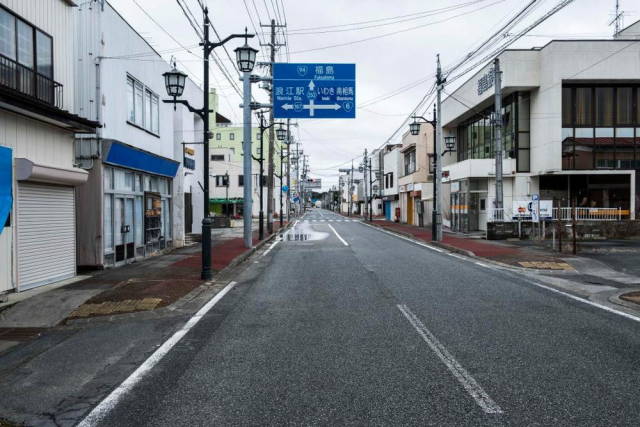
-
11.
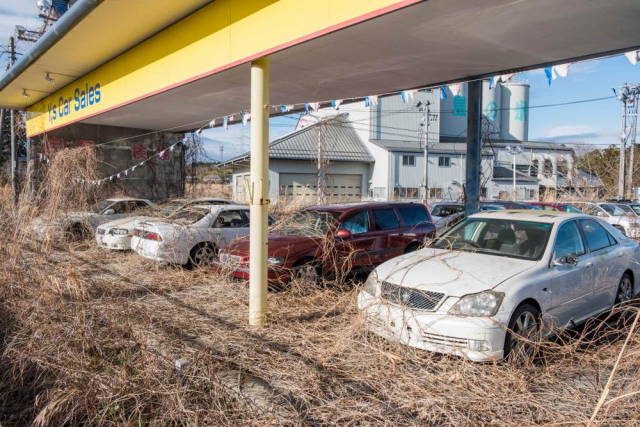 Want to buy a hot car?Get your Geiger counter ready
Want to buy a hot car?Get your Geiger counter ready -
12.
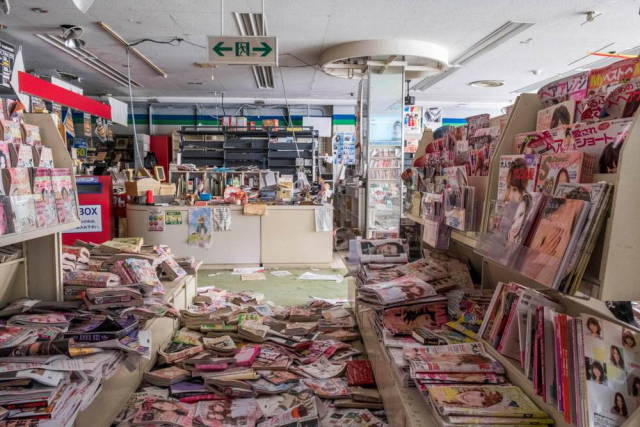
-
13.
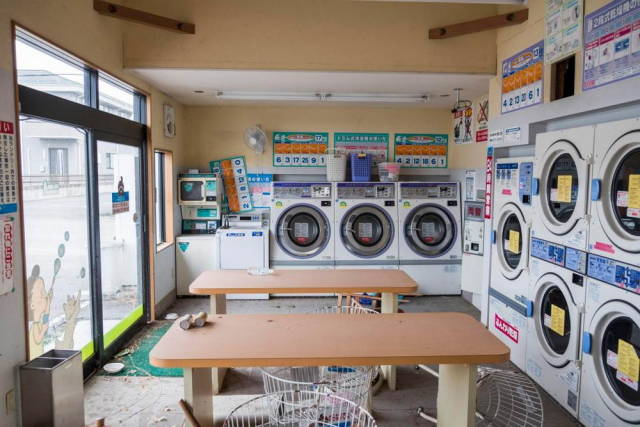
-
14.
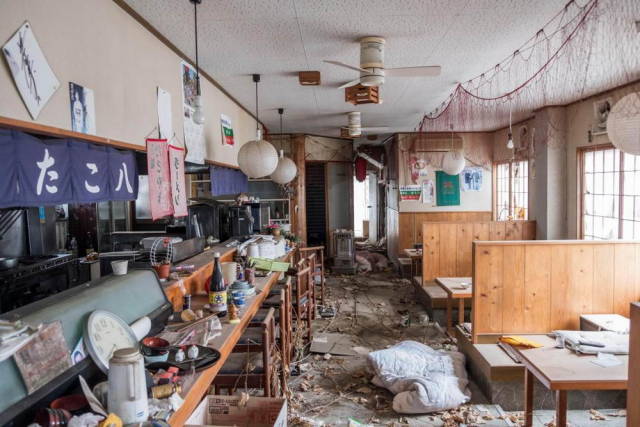 Around 300,000 people fled the surrounding area, most of them have never returned. Approximately 1600 deaths were attributed to the subsequent evacuation conditions. No deaths have been directly linked to radiation due to the accident, however as many as 640 people are expected to die from cancer deaths due to radiation exposure after the event. It was the biggest nuclear disaster since the Chernobyl catastrophe in 1986.
Around 300,000 people fled the surrounding area, most of them have never returned. Approximately 1600 deaths were attributed to the subsequent evacuation conditions. No deaths have been directly linked to radiation due to the accident, however as many as 640 people are expected to die from cancer deaths due to radiation exposure after the event. It was the biggest nuclear disaster since the Chernobyl catastrophe in 1986. -
15.
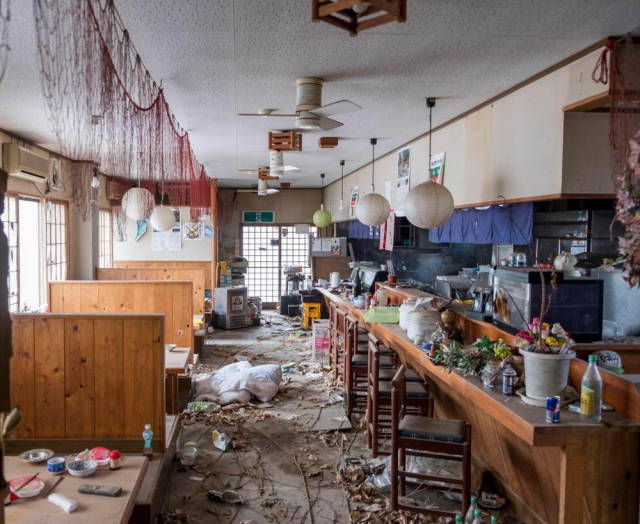
-
16.
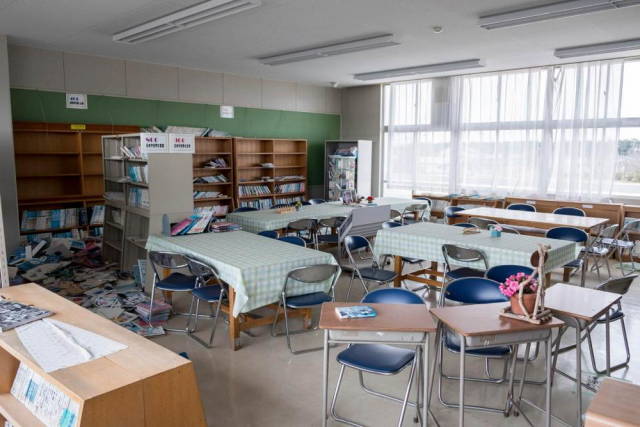 The no-go zone and their footage starkly illustrates the fear evacuees must have felt as they literally dropped everything and ran for their lives. They enter school classrooms with books and pens still on desks and bags left lying on the floor. In many houses they enter they are confronted by calendars that still mark the day of the disaster, March 11, as time appears to stand still.
The no-go zone and their footage starkly illustrates the fear evacuees must have felt as they literally dropped everything and ran for their lives. They enter school classrooms with books and pens still on desks and bags left lying on the floor. In many houses they enter they are confronted by calendars that still mark the day of the disaster, March 11, as time appears to stand still. -
17.
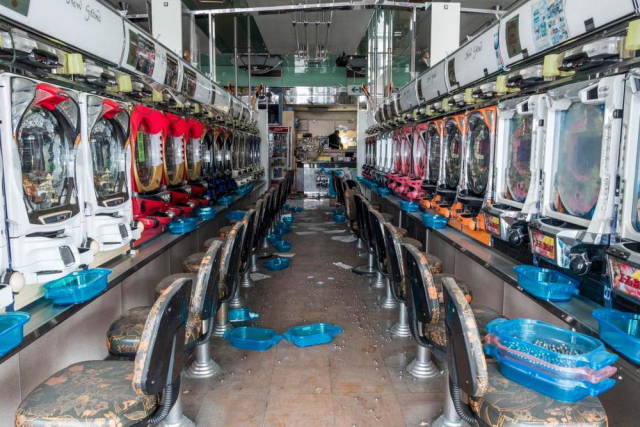
-
18.
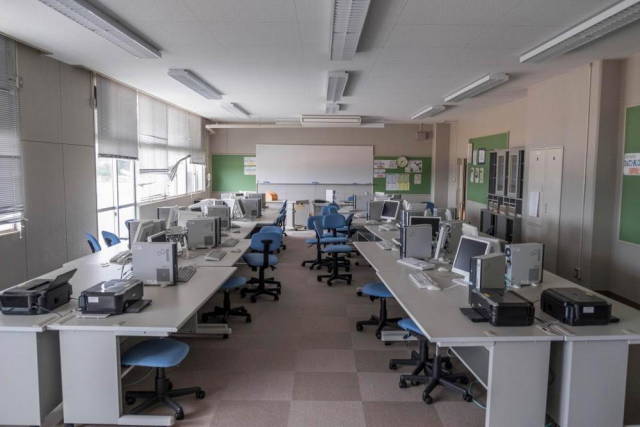 Stuff probably in decent condition can not even be touched...tragic for all of those affected
Stuff probably in decent condition can not even be touched...tragic for all of those affected -
19.
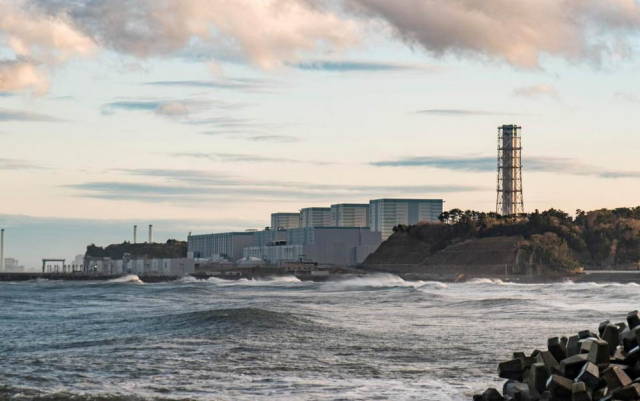
-
20.
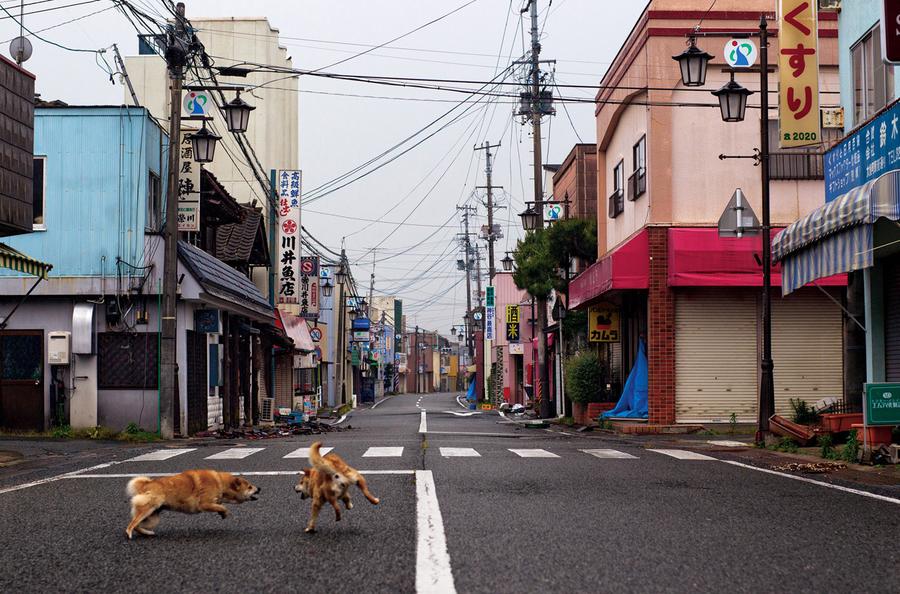 Wild boar meat is a delicacy in the region but animals slaughtered since the disaster are too contaminated to eat. According to tests conducted by the Japanese government, some of the boars have shown levels of radioactive element caesium-137 that are 300 times higher than safety standards, the New York Times reported. One of the most affected areas is the seaside town of Namie, where scores of the toxic beasts descended from surrounding hills and forests to forage for food in empty streets and overgrown backyards. But their reign will soon be over as former residents prepare to return at the end of this month, when Japan is expected to lift evacuation orders for parts of the town, which is located just four kilometres from the wrecked nuclear plant.
Wild boar meat is a delicacy in the region but animals slaughtered since the disaster are too contaminated to eat. According to tests conducted by the Japanese government, some of the boars have shown levels of radioactive element caesium-137 that are 300 times higher than safety standards, the New York Times reported. One of the most affected areas is the seaside town of Namie, where scores of the toxic beasts descended from surrounding hills and forests to forage for food in empty streets and overgrown backyards. But their reign will soon be over as former residents prepare to return at the end of this month, when Japan is expected to lift evacuation orders for parts of the town, which is located just four kilometres from the wrecked nuclear plant.


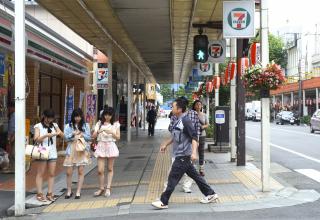
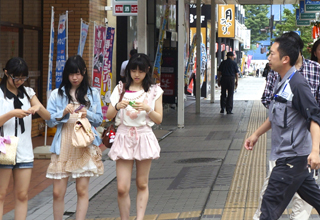




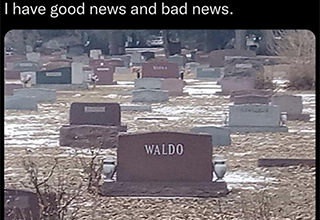
6 Comments